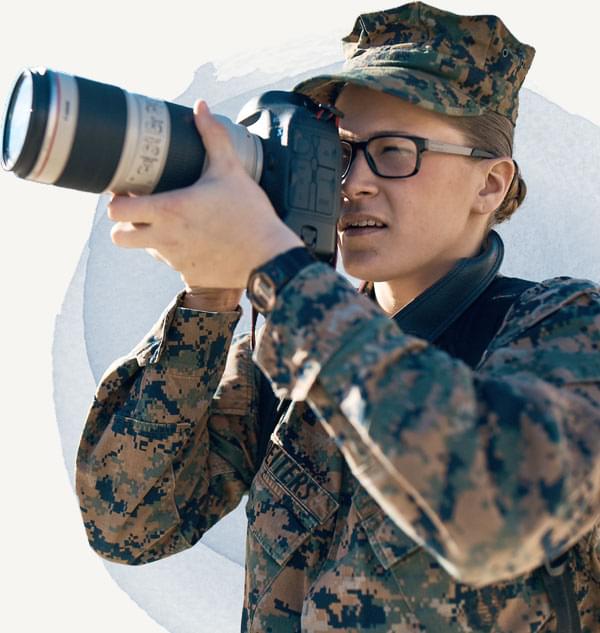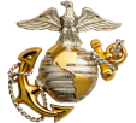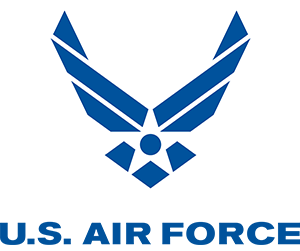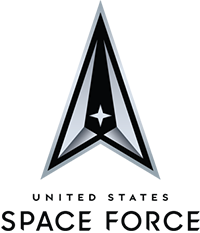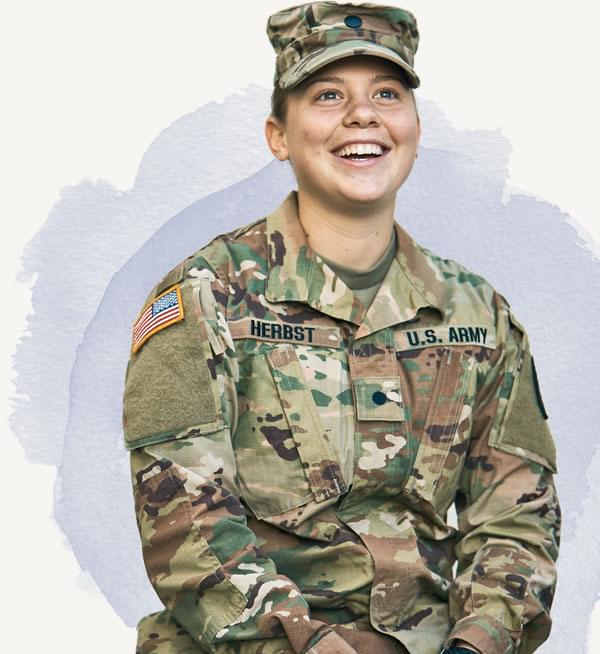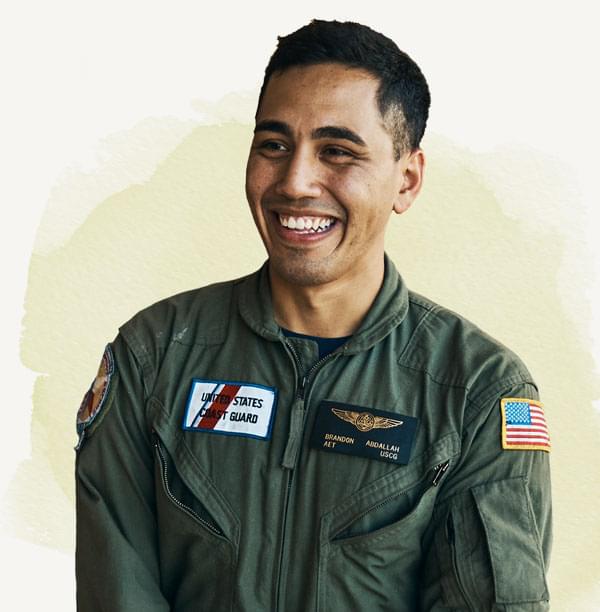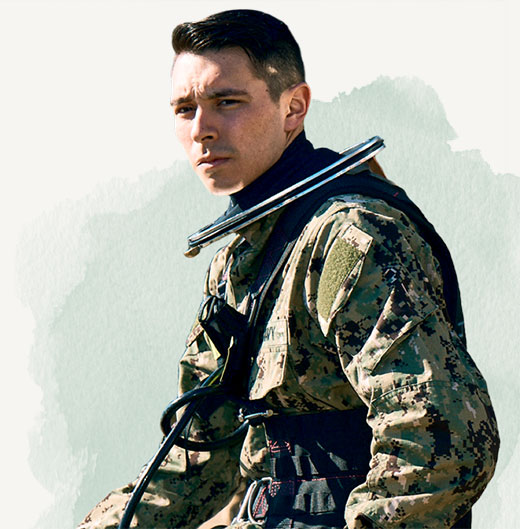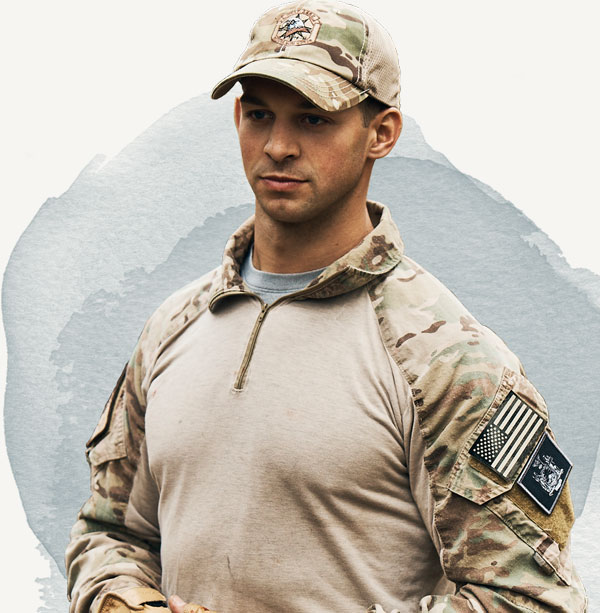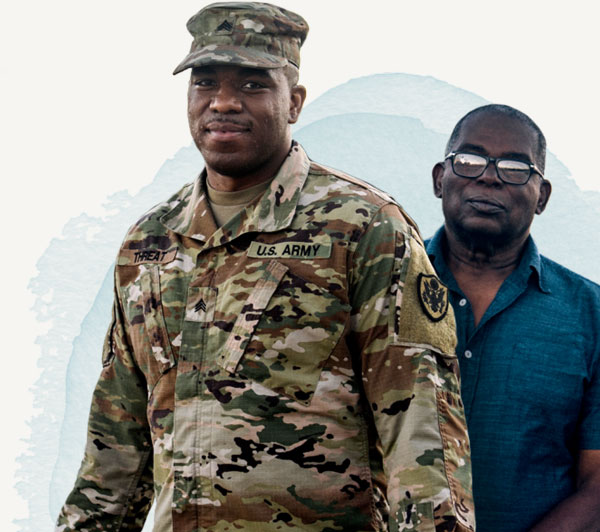Marines and Mustangs: The Mounted Color Guard
US Marine Corps | Jan. 17, 2024

Founded on tradition, the last remaining Marine Corps Mounted Color Guard represents a legacy of equestrian showmanship and presents the national and service colors at events, parades, and ceremonies.
Honoring this tradition, U.S. Marines with Logistics Base Barstow Mounted Color Guard kicked off the new year by leading the Rose Parade, also known as the Tournament of Roses Parade, in Pasadena, California. The Mounted Color Guard has participated in the annual Tournament of Roses Parade since 1985, and it is considered one of the most momentous events in which these Marines have the honor to attend.
During the parade, Marines present the Colors, showcasing the mounted Marines' history and equestrian skills. As the parade marched through the streets of Pasadena, California, the Mounted Color Guard carried the American and Marine Corps flags as one of the lead elements and official Color Guard of the Rose Parade.
A member of this distinguished unit recounts his experience as a Marine in the Mounted Color Guard, reflecting on the connection it fosters with his grandfather's legacy and his familial roots.
“I was raised by my grandparents, who introduced me to this life,” said Sgt. Christian Drumheller.
“The first time I fell off a horse was when I was three years old,” he said. “I actually fell on my head, but instead of being afraid, I kept reaching out to the horse and crying. Once I was placed back up on the horse, I stopped crying. Ever since that day, I was just kind of hooked.”
The Scottsville, Virginia, native continued, “I couldn't tell you what it is; I just enjoy it. It brings peace to my soul to be able to go rope and ride and be out there working with a horse and building that connection. I can't really describe the feeling, but just think about whatever you love to do; that's the same feeling I get about horses and this life.”
The Mounted Color Guard
He opens the horse pin and starts running in, meeting the horses’ gaze with a mutual understanding that the day is about to begin. He unlocks the gate and brings in a portion of hay and a bucket of water. As they eat, he cleans the stall and finishes his morning chores. After about an hour's breakfast, he walks back to the barn, brushes his horse's mane, saddles up his horse, and begins the day’s training. This Marine is part of an elite group known as the Mounted Color Guard, representing the Marine Corps throughout the country since 1967.
“One of the most important things about riding horses is your relationship with your horse,” said Drumheller, a noncommissioned officer in charge with the Marine Corps Mounted Color Guard. “When you're stationed at the Mounted Color Guard, your responsibility is to take care of, train and ride the horses. Although, that requires a bond that has been developed, and how you build that bond is extremely important in our job.”
“One of the most important things about riding horses is your relationship with your horse,” said Drumheller, a noncommissioned officer in charge with the Marine Corps Mounted Color Guard
The Marine Corps Logistics Base Barstow Mounted Color Guard is the only remaining mounted color guard that carries the Marine Corps colors and the United States ensign at various events. As part of the last remaining Mounted Color Guard in the Marine Corps, active-duty Marines are trained to perform precision color guard movements in various events while riding atop their Mustangs.
“The Mounted Color Guard is a piece of Marine Corps history,” said Drumheller. “My job helps share the horse's importance within the Marine Corps and the history not known by many.”
Drumheller explains that the Mounted Color Guard is significant because it symbolizes National identity and connects Marines to their roots. It holds historical significance dating back to military traditions, playing a vital role in signaling troop movements and rallying soldiers during battles. Nevertheless, while its practical military role has diminished, the Mounted Color Guard continues to preserve historical, military, and equestrian traditions.

Formed during the 1911 Chinese Revolution, the Mounted Detachment, known as the "Horse Marines," was the Marine Corps' only designated cavalry unit and became part of the Legation Guard in 1912. Considered to be the elite unit of the China Marines, their primary role was maintaining contact with American citizens in Peking, handling tasks such as census, patrols, and dispatch deliveries. They also protected an American mission in 1925, added City Patrol duties in 1933, and assisted in recalling Americans back to the embassy during the 1937 Sino-Japanese conflict. Commanding Officers of this unit included James Devereux and Chesty Puller.
The Marine and the Horse
Ultimately, the Mounted Color Guard is also an opportunity to exemplify the skills of both horse and Marine riders, highlighting their precision, discipline, and training. This showcases the dedication and teamwork required to perform their duties effectively, contributing to a sense of pride and admiration for these equestrian talents.
“Whether we're doing ground exercises off the horse, or we're doing it in the saddle, we are always trying to work with our horse building upon our bond,” said Drumheller. “It may not be common knowledge, but you are building a really close bond similar to how someone would with a dog; that is the same type of relationship we are building with these horses.”
According to Drumheller, people do not often know or realize how much effort, time, frustration, and pain goes into learning how to ride and train these horses. He continues that the horses people often see strutting into the arena, standing like statues, are not acting on their natural instinct for that environment. A horse’s instinct is to run away from anything that may scare it. Therefore, to take a horse into a small, confined area, with thousands of people clapping and yelling, music blaring, fireworks going off, and spotlights pointed on the ground spinning in patterns, should cause a horse to feel terrified and run away.
However, it is because of the bond that has been built over time that allows the horses to trust in each Marine and know that they will be taken care of. Drumheller explains that many people don't understand how much dedication and training goes into achieving that level of trust and confidence between the horse and the Marine. A few avenues in which that bond is built are through feeding, grooming, and spending countless hours mastering obstacle courses, jump training, mounted shooting training, drill practice and confidence courses.
Members of the Mounted Color Guard proudly represent the Marine Corps and serve their community and country with honor. They travel extensively to participate in static displays, JROTC events, and Young Marines’ programs, which helps establish connections within the communities they serve. In addition, they maintain participation in parades, ceremonies, and rodeos such as the Tournament of Roses Parade, the Cody Stampede, the Houston Livestock Show and the Rodeo.
“Most of these events we attend are multiple days, and they can be two or three states away,” he said. “Once I get all those details, what they're expecting, what we need, and how many days we'll be on the road, I’ll communicate that information to the team, and we will start packing the supplies.”
After the final confirmation brief with the command, the team will load the horses up into a trailer and hit the road early in the morning. Once at the location, they rehearse the entrance pattern if the rodeo had previously requested the team to follow a unique pattern when entering the arena. After conducting colors during the National Anthem, the Marines will stay for the entirety of the event and help where they can. For instance, if they are at a rodeo, the Marines will set up barrels for barrel racing, throw t-shirts during intermissions between events, help mutton busting [an event similar to bull riding, in which children ride or race sheep] and network with rodeo personnel. Finally, they will load the horses and head home after the event.
The Marine
“Just like my grandfather, I started team roping, competing on horseback, whatnot, when I was a freshman in high school,” said Drumheller. “I just fell in love with it and became addicted. I kept on team roping, did a little ranch work, and did some cowboy stuff whenever I got the opportunity. Then I ended up joining the Marine Corps out of high school.”
Drumheller emphasized that his grandfather taught him a tremendous amount about horse riding, team roping, and caring for a horse. He set him up for success in almost every aspect of team roping. For example, if he needed to go somewhere to a training course or conference to learn from a professional, his grandfather did whatever he could to help get him there.
“He motivated me,” he said. “My grandfather always said, ‘If you don't go out and practice every day, we're not going to compete this weekend.’ So, I practiced outside rain, snow, or sun every day. He definitely pushed me to be the best version of myself that I could be.”
Drumheller intends to continue his passion for riding horses even after the Marine Corps. It has remained a prominent aspect of his life since childhood, and he loves it more every passing day. While he still competes in competitions, when his time in the Marine Corps has ended, he hopes to find a career centered around the rodeo and team roping. However, no matter what his career ends up being, as long as the rodeo, competitions, and horses remain a part of his life, that is his dream.
The Mounted Color Guard comprises active-duty Marines who dedicate their time during evenings, weekends, and holidays, alongside their primary responsibilities. Eligibility for the Mounted Color Guard is extended to Marines across various Military Occupational Specialties, provided they possess a minimum remaining commitment of two years on their Marine Corps enlistment contract. Furthermore, it is worth noting that prior horsemanship experience is not a requirement. Additionally, preferred qualifications include strong teamwork skills and self-reliance among potential candidates.
These Mounted Marines travel all over the Western United States, participating in parades, rodeos, and numerous other events and ceremonies. The unit is slated to attend the San Antonio Stock Show and Rodeo in Texas, Feb. 1-23 where they will present Color and participate in number of other activities to include the community Horse Discover Program.





